Unveiling the Potential: New Research on Fat Oxidation at Higher Exercise Intensities

A thought-provoking review on low carbohydrate diets and substrate oxidation rates was recently published in the journal Frontiers in Physiology (10). The author list includes a couple of the big names in low carbohydrate research, Tim Noakes and Jeff Volek. In this blog, I will summarise some of the key messages and takeaways from the review.
The traditional model of exercise and substrate oxidation
During prolonged, endurance exercise, we primarily use two fuels to support our metabolism and keep us moving. We have carbohydrates, which are stored as glycogen in muscles and in the liver, and we have fat, stored in fat cells and in muscle. The rate at which we use carbohydrates and fats to support metabolism changes with things like exercise intensity and duration (14, 17), heat stress (6), and recent diet (2, 16). As our carbohydrate stores are relatively modest, we can become carbohydrate-depleted, and fatigued as a result, after exercise of sufficiently demanding intensity and dur...
Carbohydrate ingestion rates during exercise: 90 vs 120 grams per hour – which is best?

I recently made a post on Instagram that got a lot of attention and questions, and it was one that compared the percentage efficiency of carbohydrate (CHO) ingestion when was taking 120 g of CHO per hour. There were a lot of questions, and of course it’s hard to explain in enough detail via an Instagram story (see below).
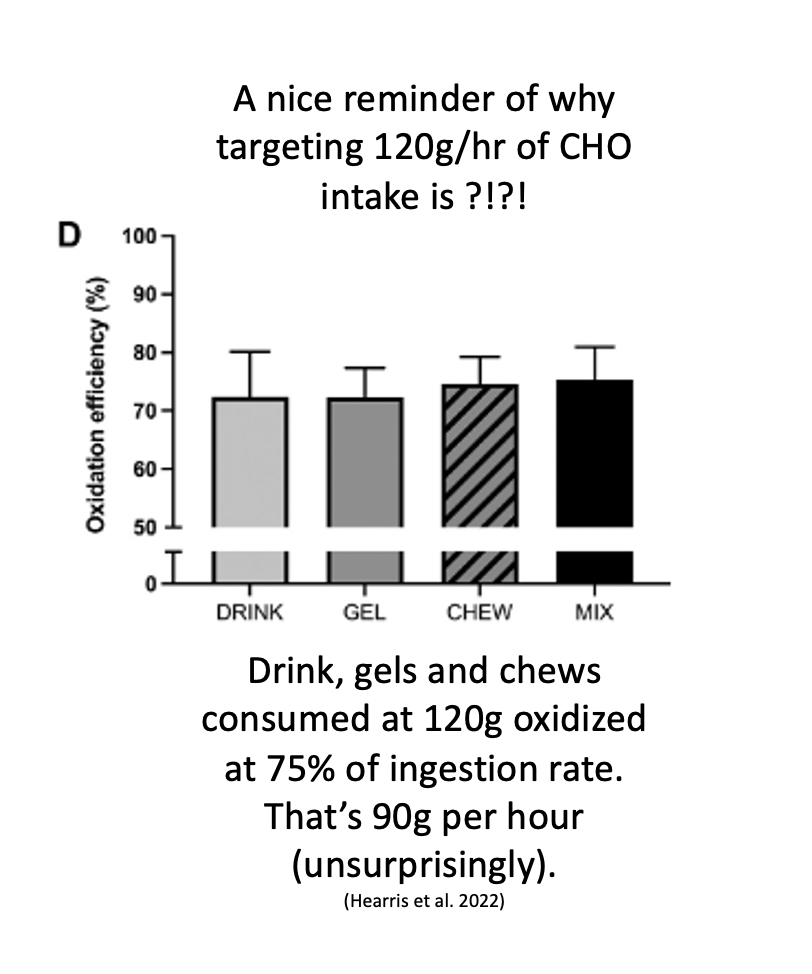 So, as such, in this blog, I am going to have a look at the emerging literature suggesting it may be possible to ingest carbohydrate at rates as high as 120 grams per hour during exercise (that’s ~5-6 gels!). Carbohydrate ingestion during training and racing has a long history in exercise physiology, sports nutrition, and endurance sport. Despite decades of research investigating the optimum dose, type, and form of carbohydrate to support performance, research is still emerging that challenges our practices. So, let’s get into it.
So, as such, in this blog, I am going to have a look at the emerging literature suggesting it may be possible to ingest carbohydrate at rates as high as 120 grams per hour during exercise (that’s ~5-6 gels!). Carbohydrate ingestion during training and racing has a long history in exercise physiology, sports nutrition, and endurance sport. Despite decades of research investigating the optimum dose, type, and form of carbohydrate to support performance, research is still emerging that challenges our practices. So, let’s get into it.
Why carbohydrate during exercise?
We have often discussed how whilst the body’s fat energy stores are vast and effectively limitless dur...
How Much Does Recombinant EPO Impact Performance?
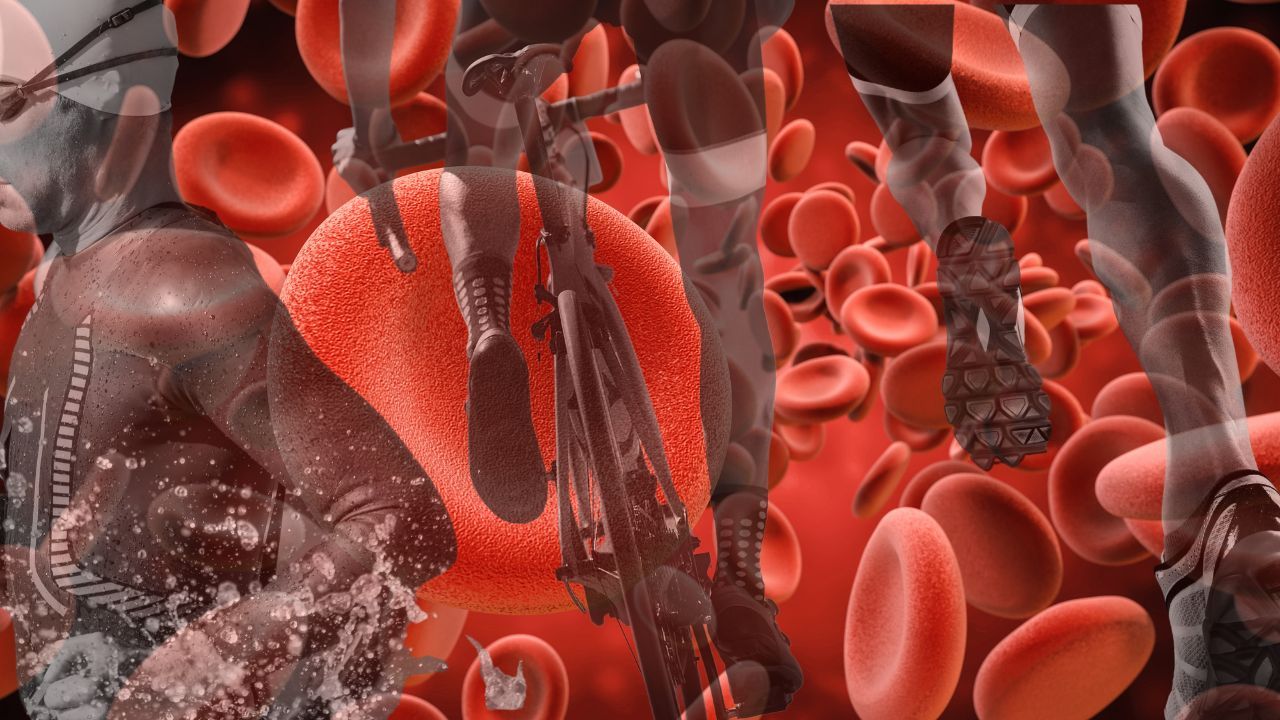
In a story that has rocked the triathlon world, it has just been announced that American professional Collin Chartier tested positive for the banned substance erythropoietin – or EPO – in an out-of-competition test in February. Chartier, made miraculous strides up the ranks last year, winning the PTO US Open in Dallas.
There had been an immense amount of chatter in this space over the last day or so. And the bottom line is, doping in this manner (in addition to any manner) gives a huge competitive advantage. A clean sport is absolute paramount for fair competition, and our sport. So in this blog, I am going to do a bit of a deep dive into EPO, how it works, and the effect it has on performance – which is why it is often the drug of choice for those seeking to climb up the podium by means other than hard work and discipline in training. I have written a fair bit about EPO recently, after a couple of studies have been published demonstrating that ketone supplements can (legally) boost E...
Are all Exogenous Ketones Created Equal?
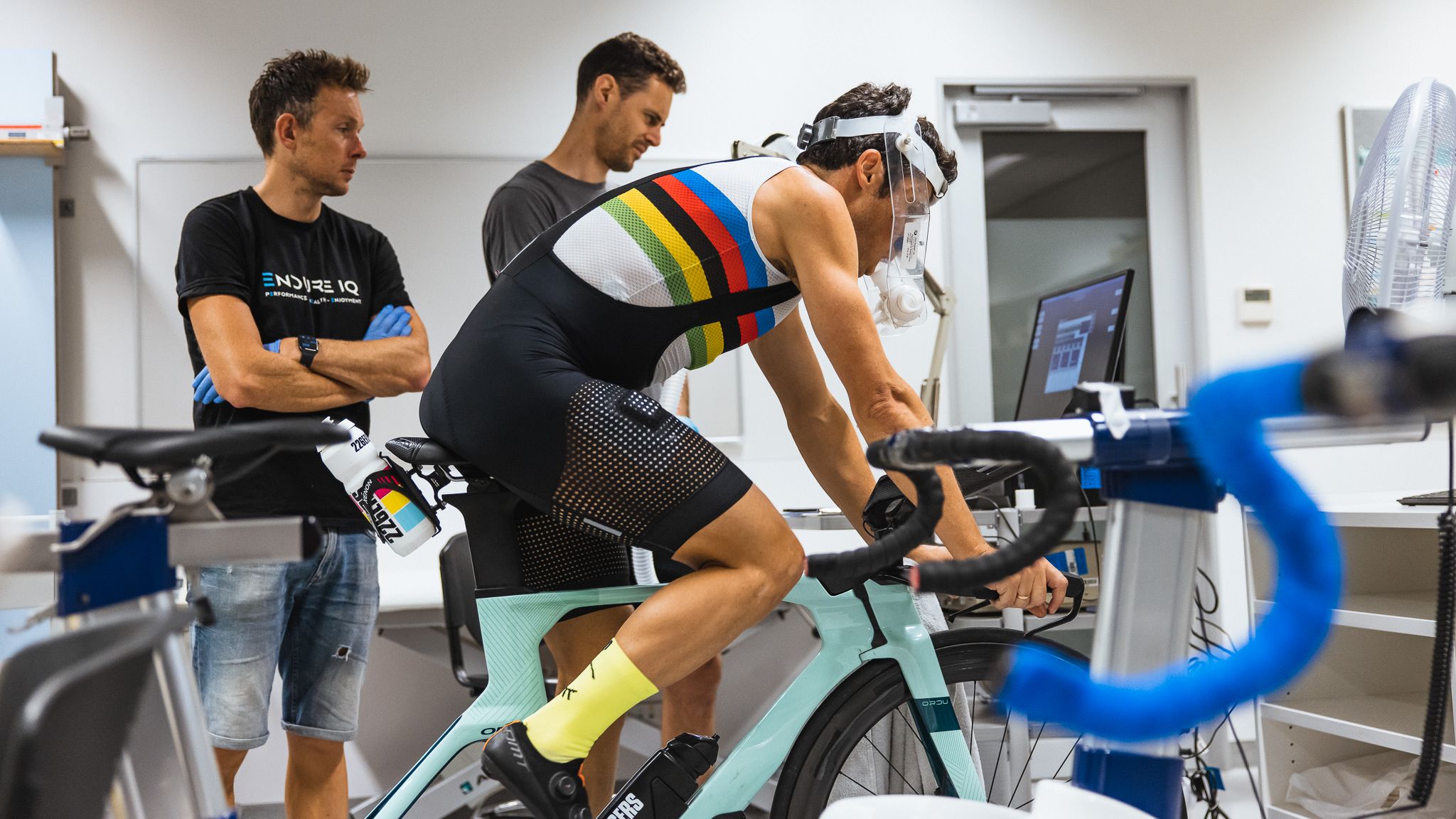
There is increasing interest in the effect that ketones might have on the performance of athletes. We know that by consuming a diet very low in carbohydrates – less than 50 grams per day or so – we can enter ketosis or increase the circulating concentration of ketones in the blood. That’s why these diets are called ‘ketogenic’ (1, 8). In recent years, supplements have been developed that allow us to increase our circulating ketone concentrations independently of our habitual diet. These are the so-called ‘exogenous ketone supplements’ (9).
There are various types of exogenous ketone supplements, including ketone esters, ketone salts, and ketone precursors (that are converted into ketones in the body). Ketone salts combine ketones with sodium, potassium, calcium, or magnesium, and, predictably have the potential to provide a very high salt load. Ketone salts tend to provide a modest elevation in blood ketone, specifically D-βHB, concentrations.
Ketone esters on the other hand are boun...
Exogenous ketones and EPO boosting - Worth the Hype?

Exogenous ketones have generated a lot of buzz in the endurance sports community over the last few years. Exogenous ketones are not to be confused with the ketones that circulate in the blood after adaptation to a very low carbohydrate, high fat, ketogenic diet; exogenous ketones are instead ingested in a supplement like a sports drink in much the same way that carbohydrates might be. There are a number of different types of exogenous ketones (6), with ketone monoesters seeing the most attention.
It was initially thought that, again like carbohydrates in sports drinks, taking on exogenous ketones during exercise might provide us with an alternative fuel source to help power long duration exercise and reduce use of our finite glycogen stores. There has been some indication that exogenous ketones do help us reduce glycogen use during exercise (2), although probably not via direct burning of the ketones to supply energy; the effect instead likely relates to some kind of signalling respon...
Having a Well-Developed Capacity for Fat Metabolism Might Help You Train More!

We have discussed at length in previous blogs how developing an advanced capacity to metabolise fat for fuel during exercise can be useful for long-distance triathletes. We’ve also published research on it; for example, one of our recent papers showed a relationship between an athlete’s peak fat oxidation rate (PFO) and performance in an endurance trial. The addition of PFO to traditional models of endurance – VO2max, thresholds, and economy – improved the prediction of performance (16). Other labs have shown relationships between PFO and endurance, including Ironman performance (8). However, something I think is missing from the discussion is how having a robust ability to metabolise fat during training is helpful, specifically during high-volume days with multiple sessions. That will be the focus of this blog.
Basics of carbohydrate metabolism
I feel like a bit of a broken record in this one, but during prolonged endurance exercise, we primarily use two fuels to support our metabo...
Zone 2 Training: What’s all the fuss about?
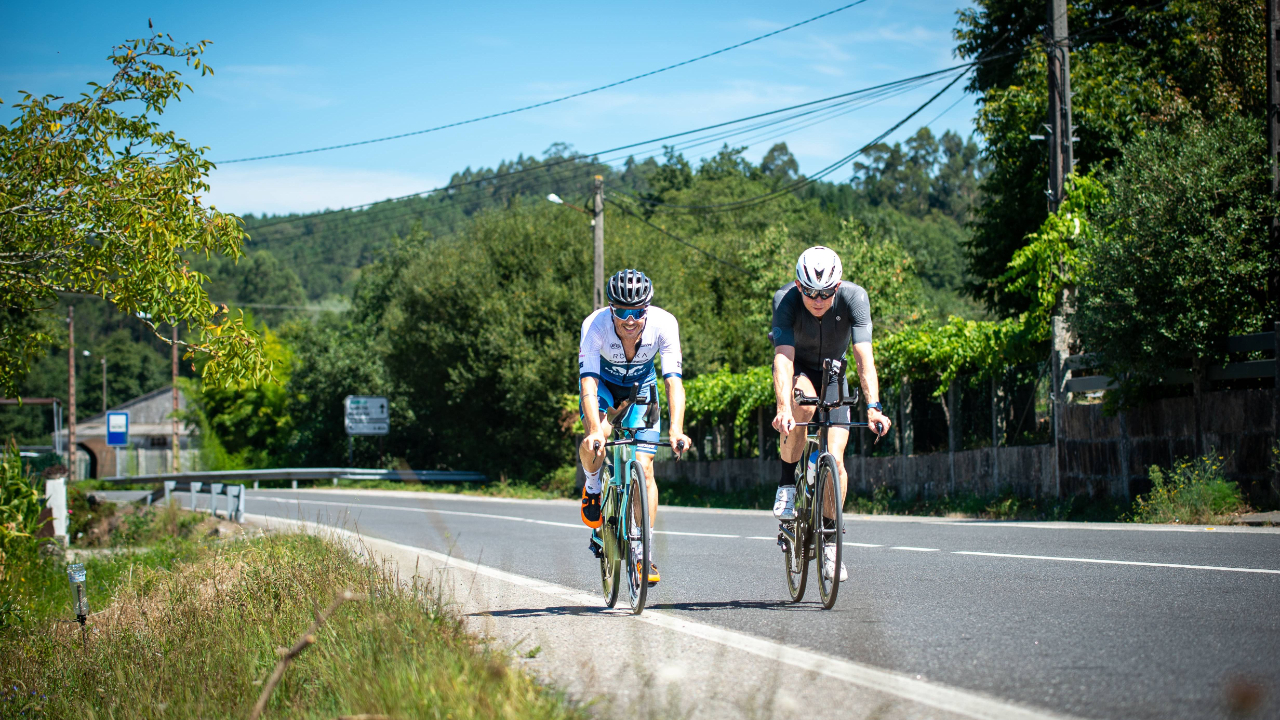
Those of us on social media can’t get away from the hype and discussion around so-called “Zone 2” training. Like with many discussions on social media, you might easily be mistaken in thinking that so-called “Zone 2” training is a brand-new and somehow magical training construct and the only way to achieving your endurance training goals. Whilst that is not the case, training in “Zone 2” is one of the core pillars of my training philosophy when working with endurance athletes and long-distance triathletes in particular.
In this blog, I have tried to clear up some of the confusion around “Zone 2” training and offer my rationale for why accumulating a large volume of low-intensity training is important.
What do we mean by “Zone 2”?
Before discussing why so-called “Zone 2” training might be important, we need to nail down what we mean by Zone 2. In zone 2 training, athletes and coaches use a five-zone model of exercise intensity. Zone 1 is very easy, recovery intensities, and the trans...
Maximal fat oxidation rates: What does it mean, what does it tell you?
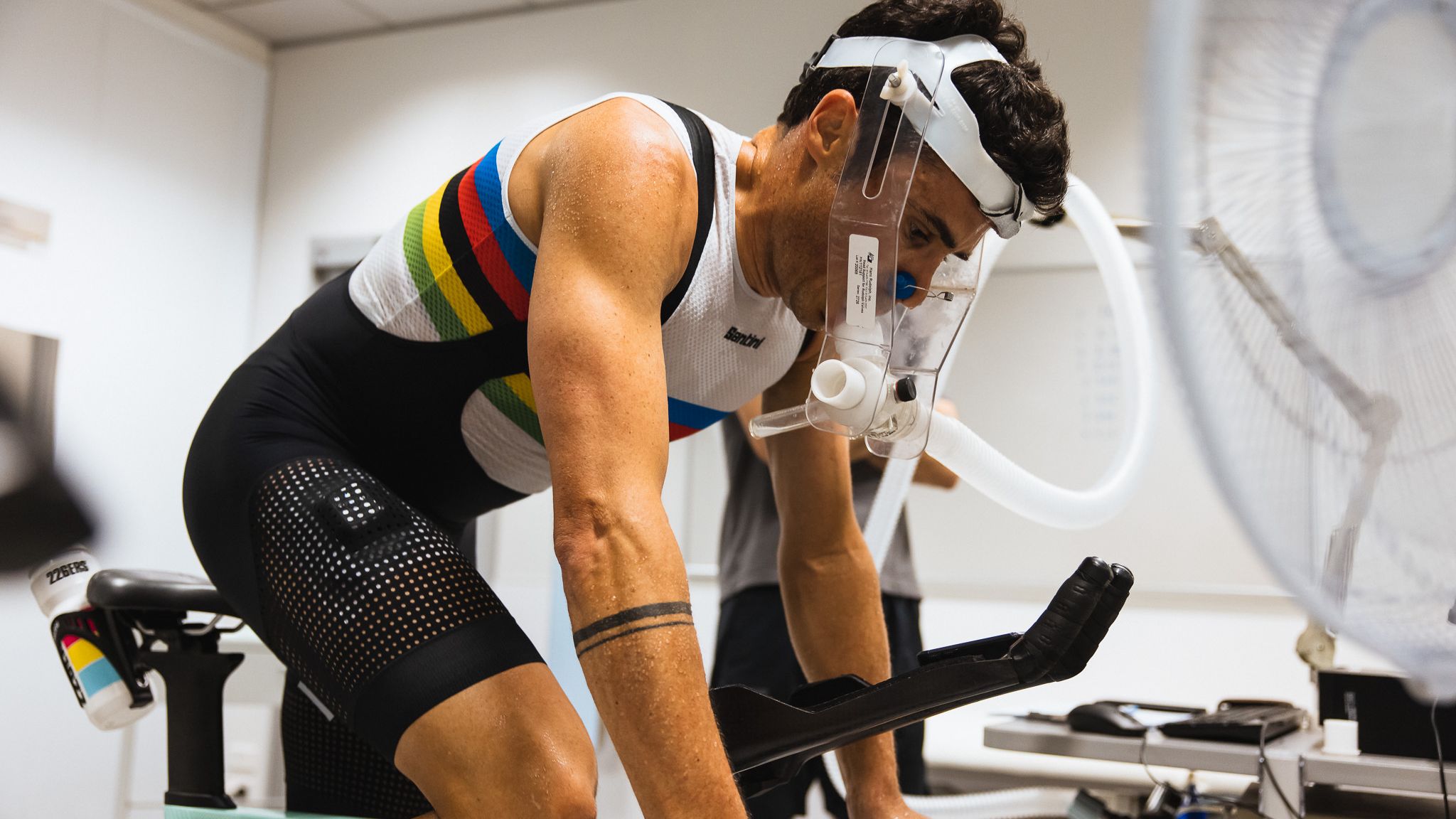
We have discussed in detail that having a robust capacity to use our fat energy stores to support exercise is important for long-distance triathlons. That is because our stored fat is effectively unlimited in the context of exercise, even very long-duration exercise in very lean athletes. In contrast, our stored carbohydrate reserves are finite and will be depleted to very low concentrations after exercise of sufficient length and intensity. To put this in perspective, a lean, 70-kg triathlete with 10% body fat has at least enough energy in their 7 kg of stored fat to complete more than Ironman triathlons back-to-back (3). Of course, those are theoretical Ironmans; the point I am making here is that whilst depletion of stored carbohydrates can lead to the fatigue we recognise as ‘hitting the wall’, we don’t slow down in an Ironman because we run out of fat energy (4).
As an exercise physiologist working in applied practice, I regularly test the fat oxidation capacities of endurance at...
How is Your Durability? Why understanding athlete durability is a key metric for Ironman Success

As endurance athletes, we know that getting enough volume into our training programme is critical in our preparation for an event, and we know that to get enough volume without becoming overreached and overtrained, we need to manage and regulate our training intensities effectively (4, 6). We might therefore plan and programme-specific long-duration training sessions designed to generate low physiological stress within our programme (7). Ideally, we'll use physiological profiling numbers – specifically, knowledge of the power output, running speed, and heart rate at the first threshold or moderate-to-heavy intensity transition – to programme and regulate these sessions (5). For example, suppose we determine that our first threshold occurs at 240 W. In that case, we might cap our long, low-intensity weekend ride at, say ~230 W. We also use this number to help quantify things like training load and how much weekly volume was completed within a specific zone.
This is a generally quite ef...
Lactate for Endurance Training: What is it?
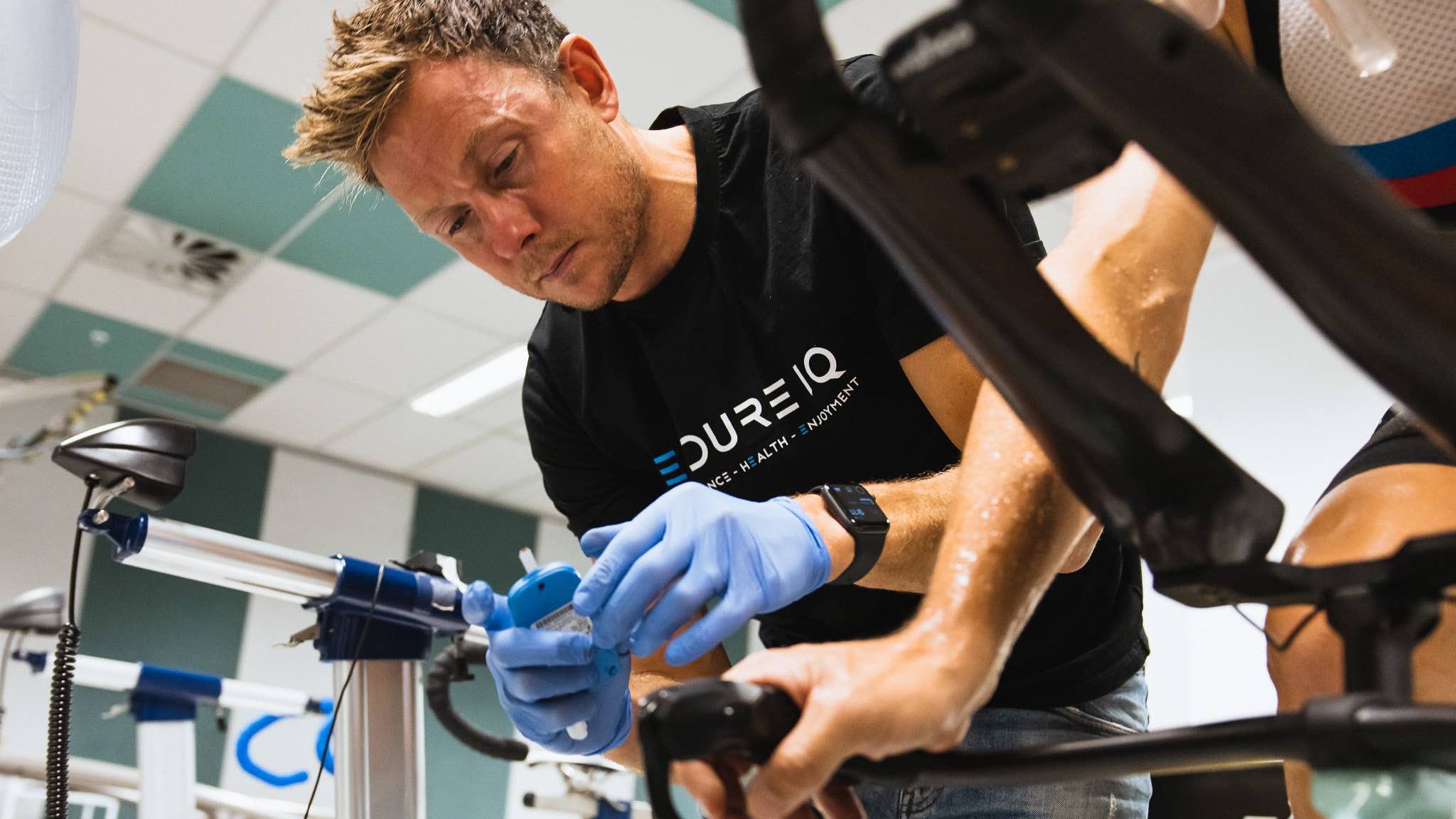
Sooner or later, as an endurance athlete, you will come across a discussion of ‘lactate’, whether you are also an exercise physiologist or not. Blood lactate concentrations are routinely measured in endurance athletes, and so-called ‘lactate thresholds’ are used to inform training decisions. Some athletes and coaches even spot-test blood lactate concentrations during exercise to regulate intensity during training. And this is becoming more popular than ever – word on the street is in Kona this year, just about every athlete stopped to take lactate. Of course, this has been massively popularized by the Norwegian program's success, and rightly so! They are doing some amazing things!
However, I believe many people misunderstand what lactate is and isn’t and what blood lactate responses to exercise can and can’t tell you. So, in this blog, I will briefly summarise some of the fundamental physiology of lactate metabolism. Brace yourself for some physiology!
Lactate has been studied by exe...
